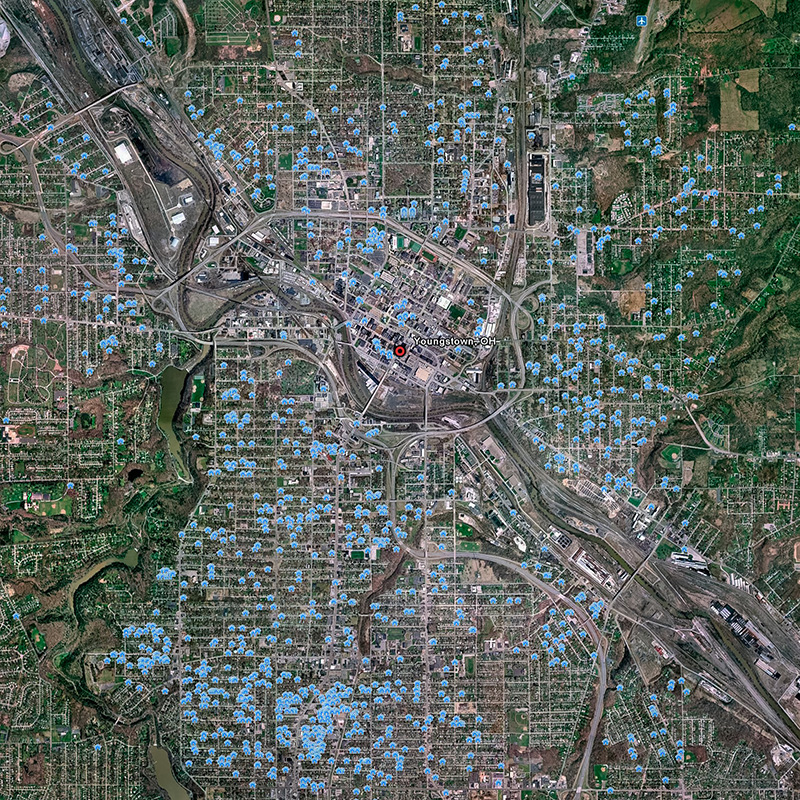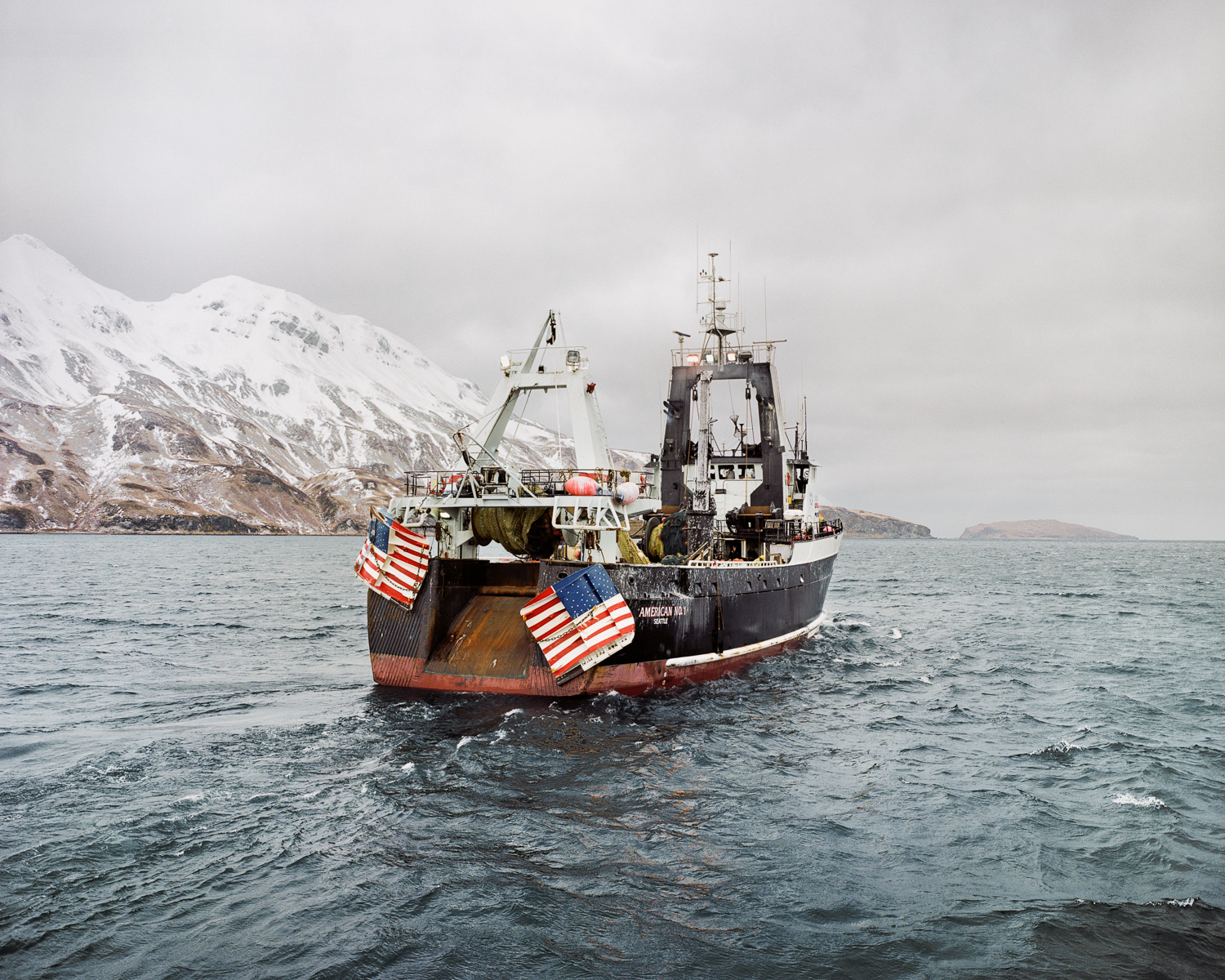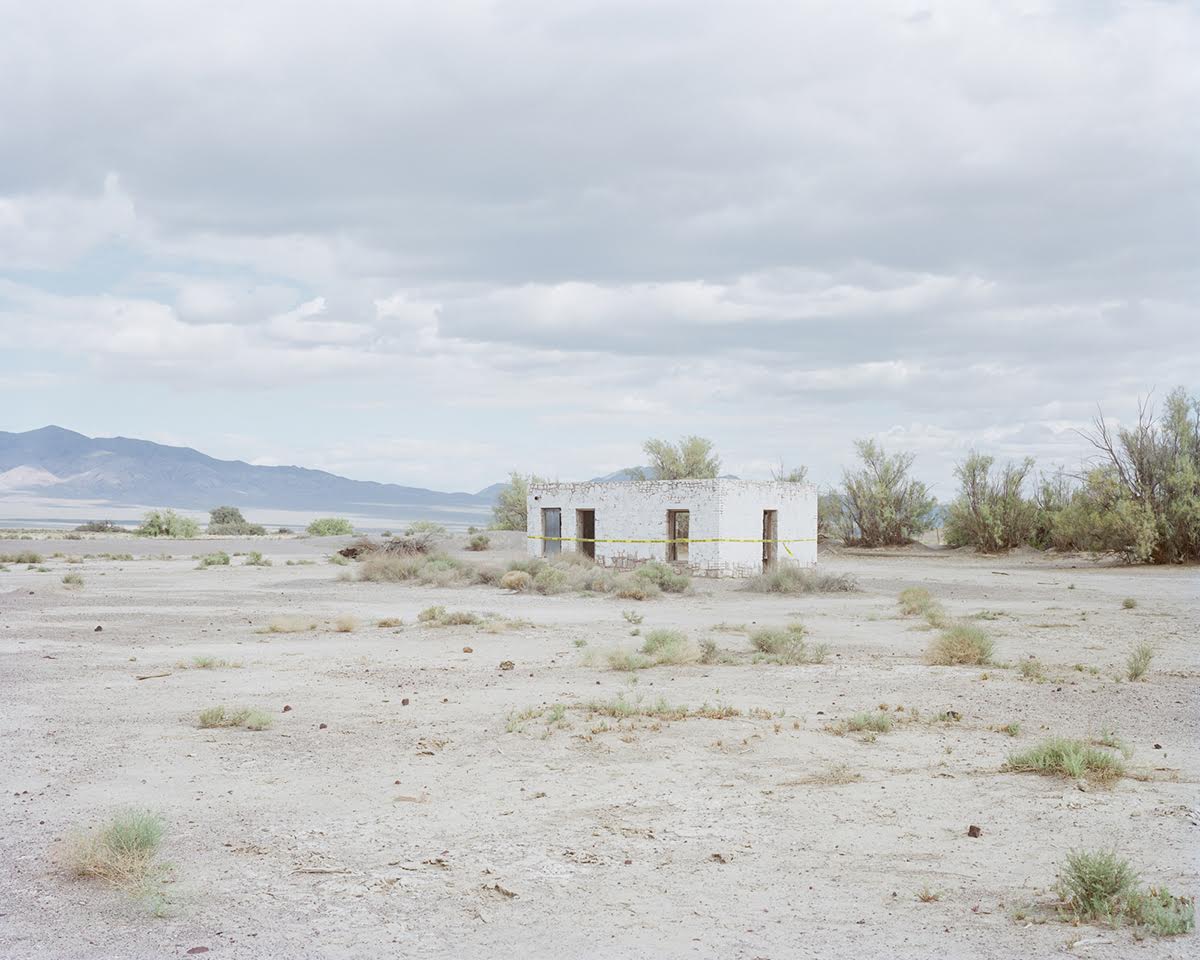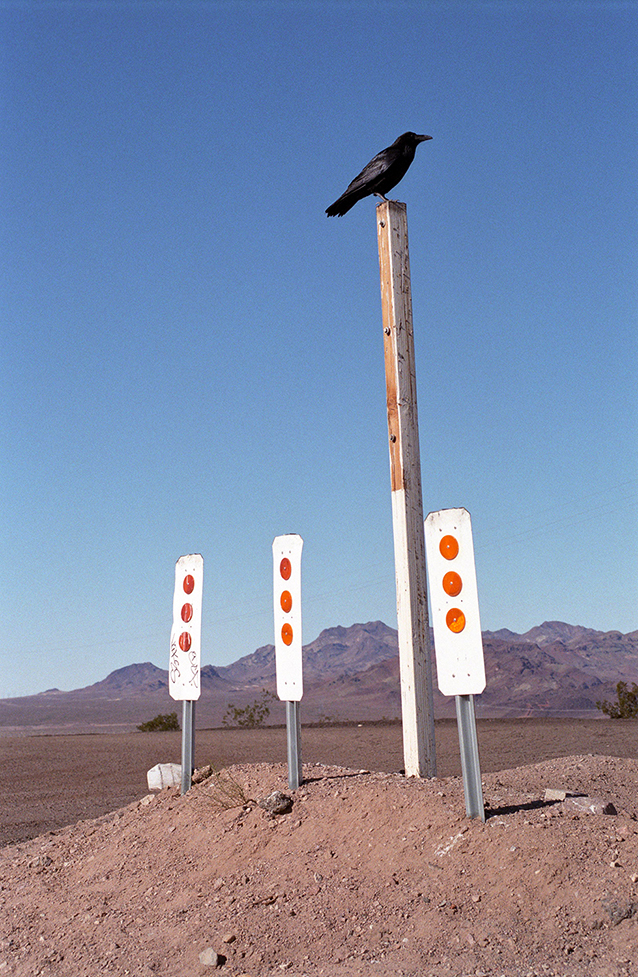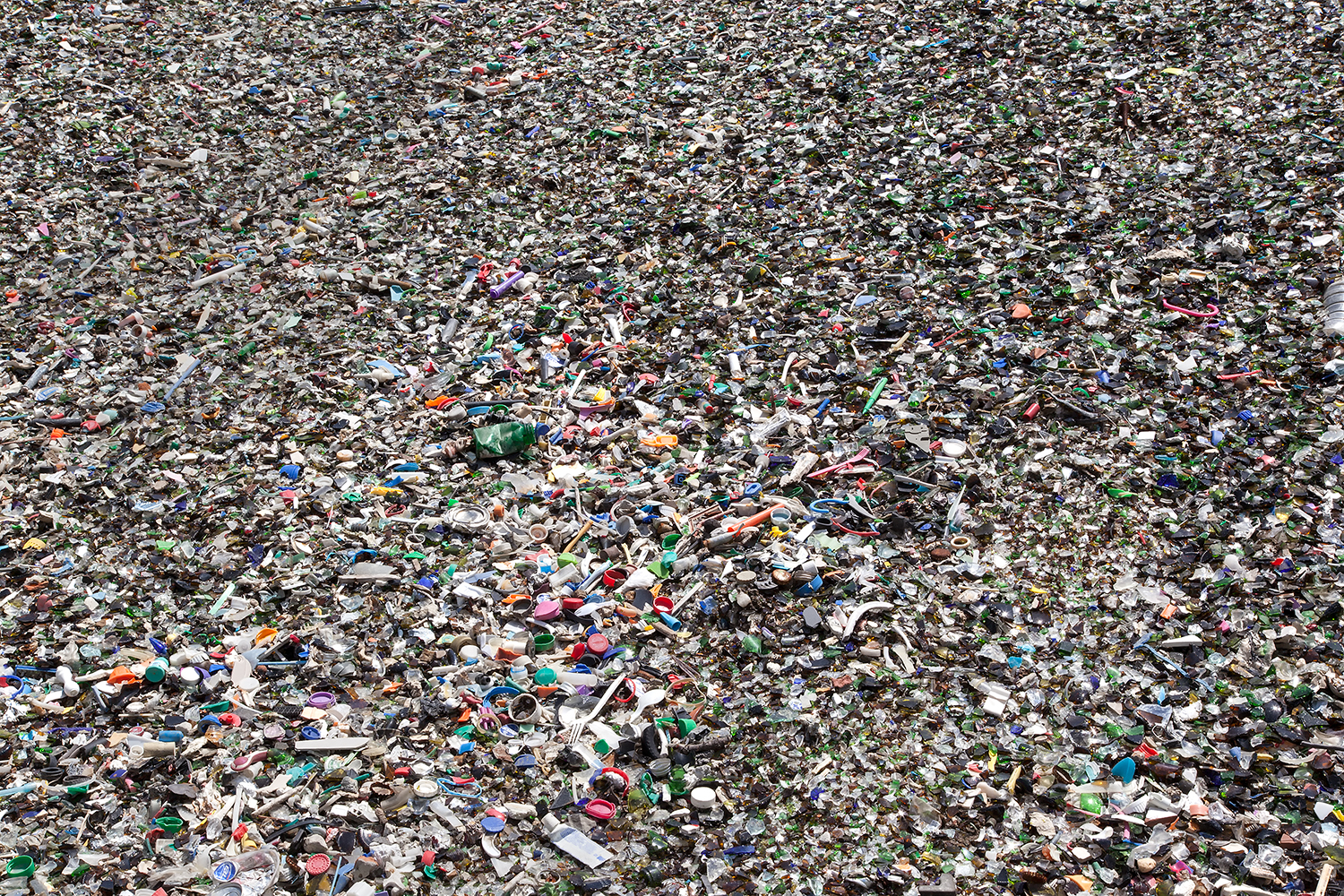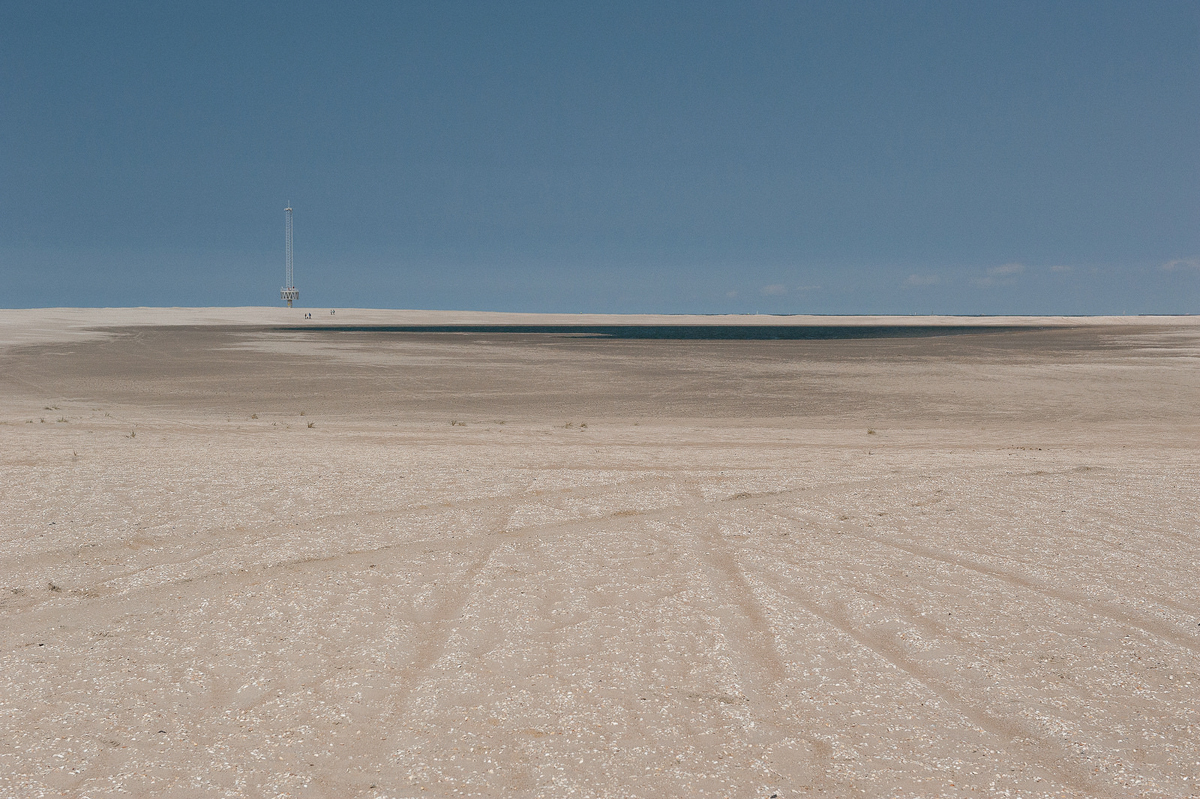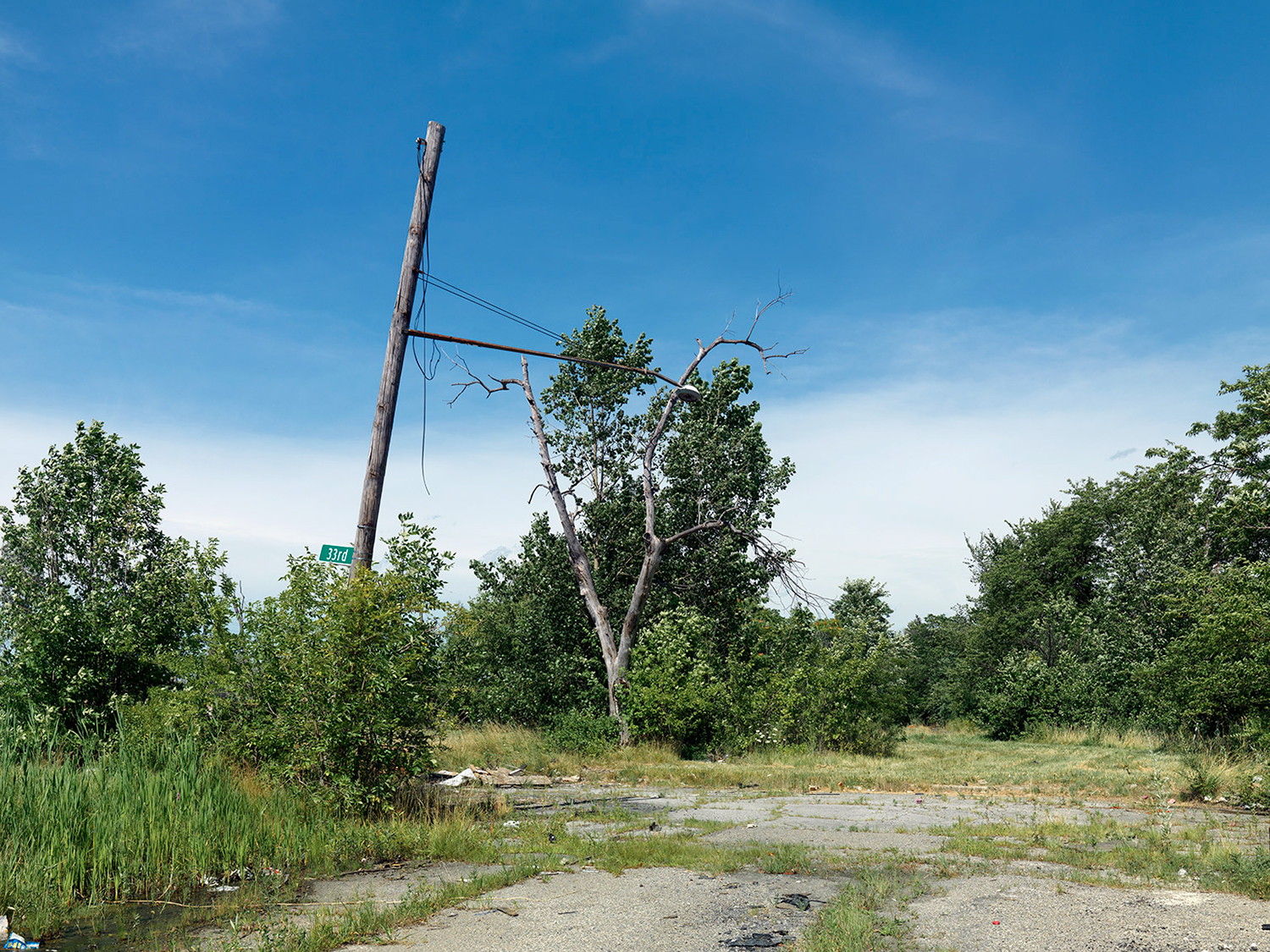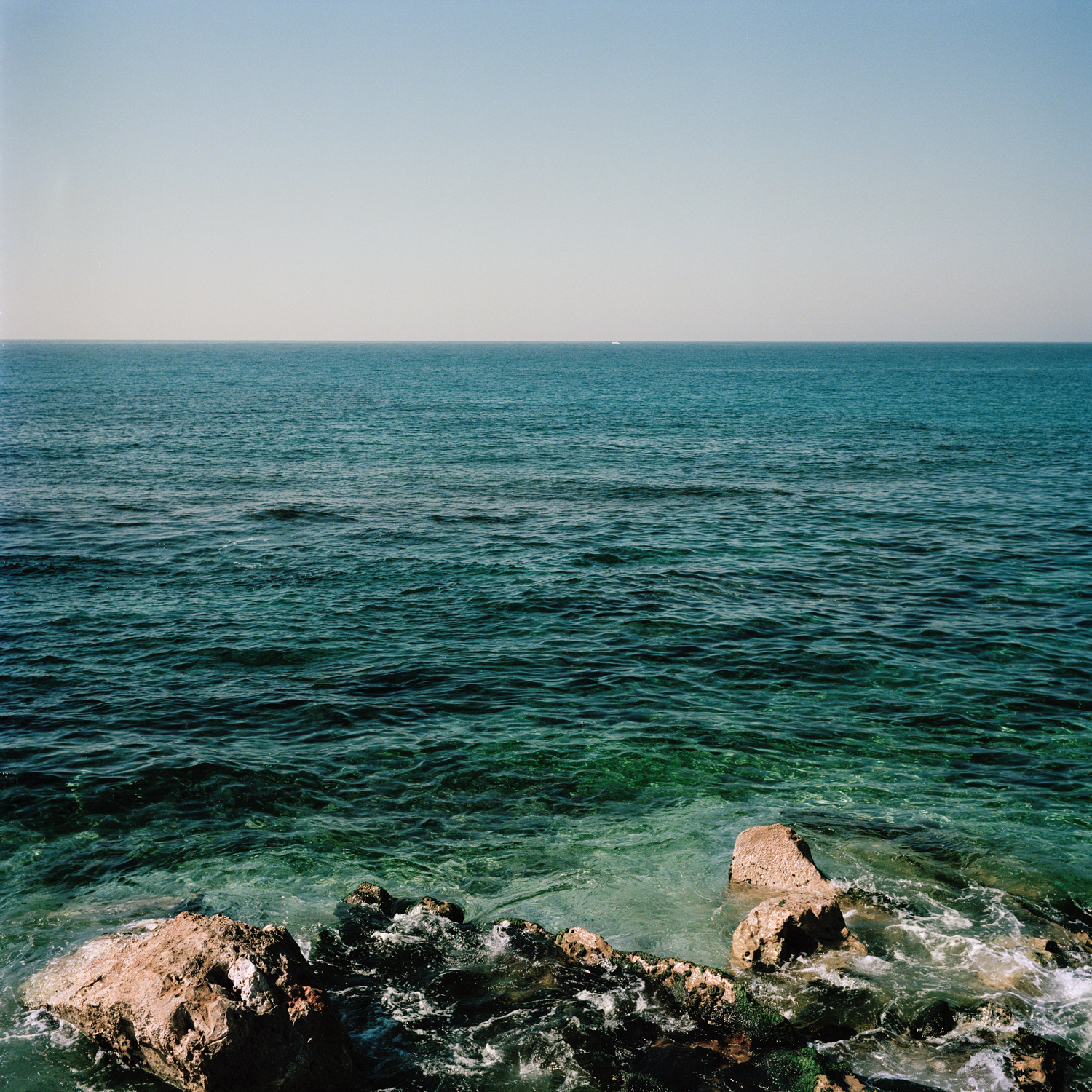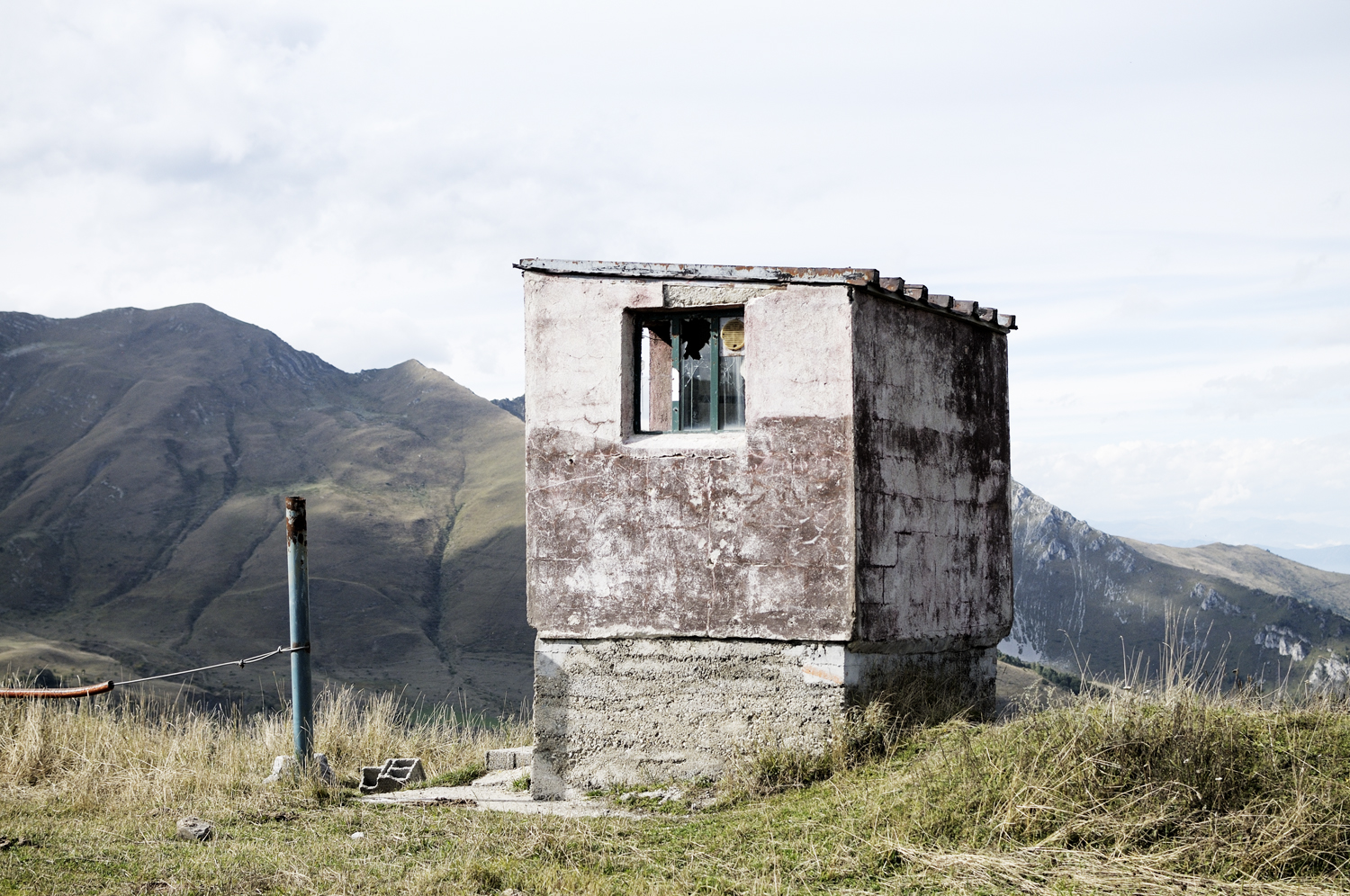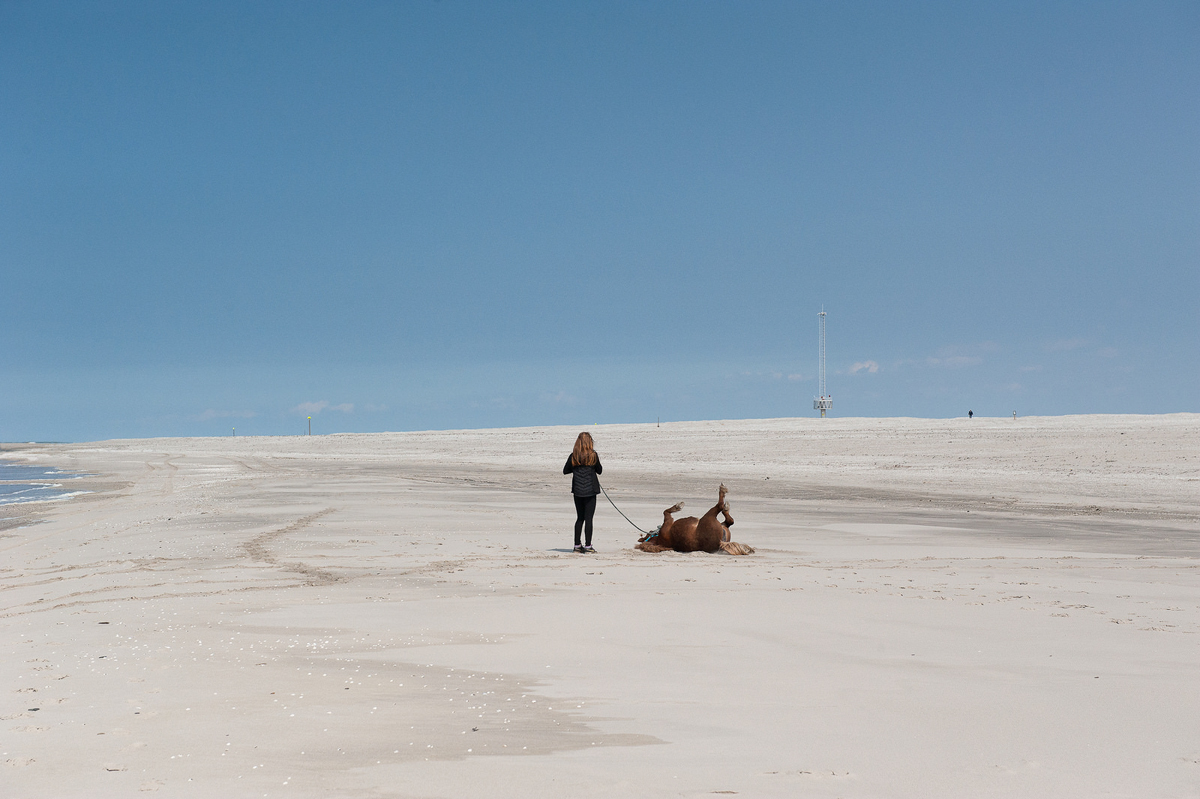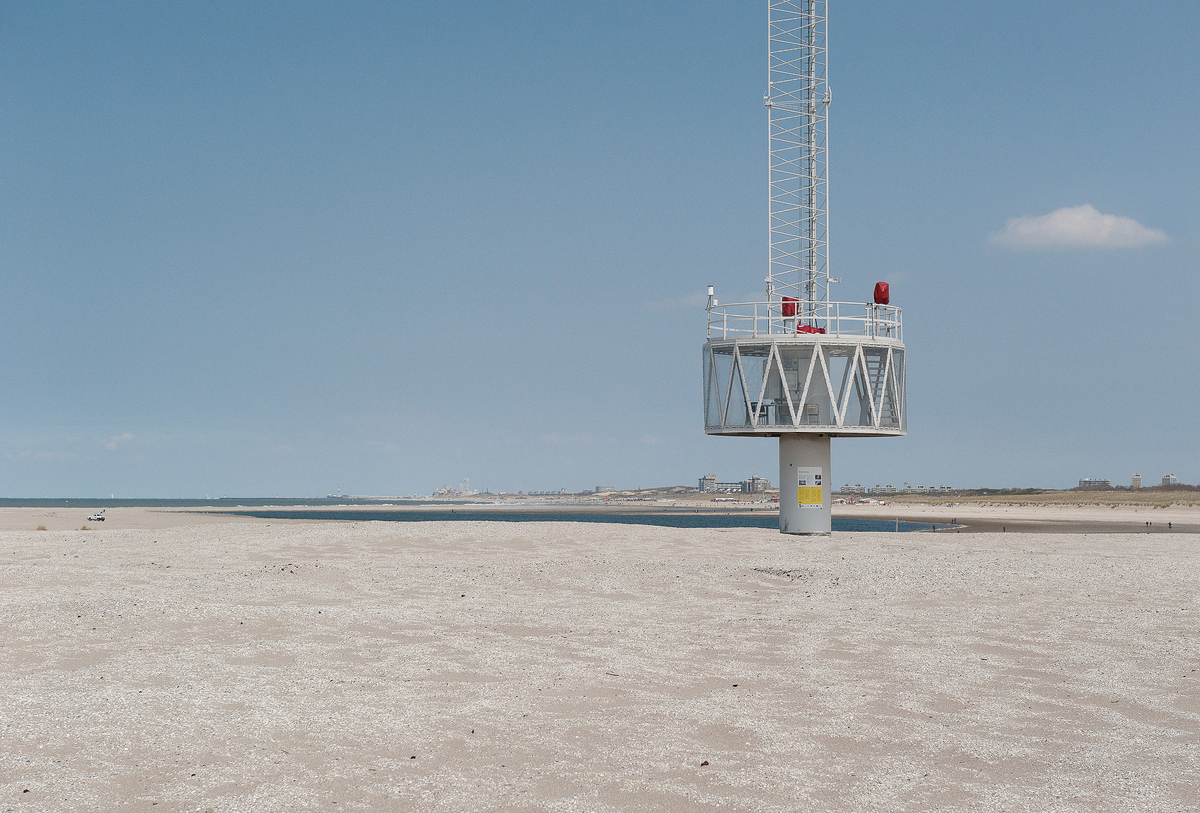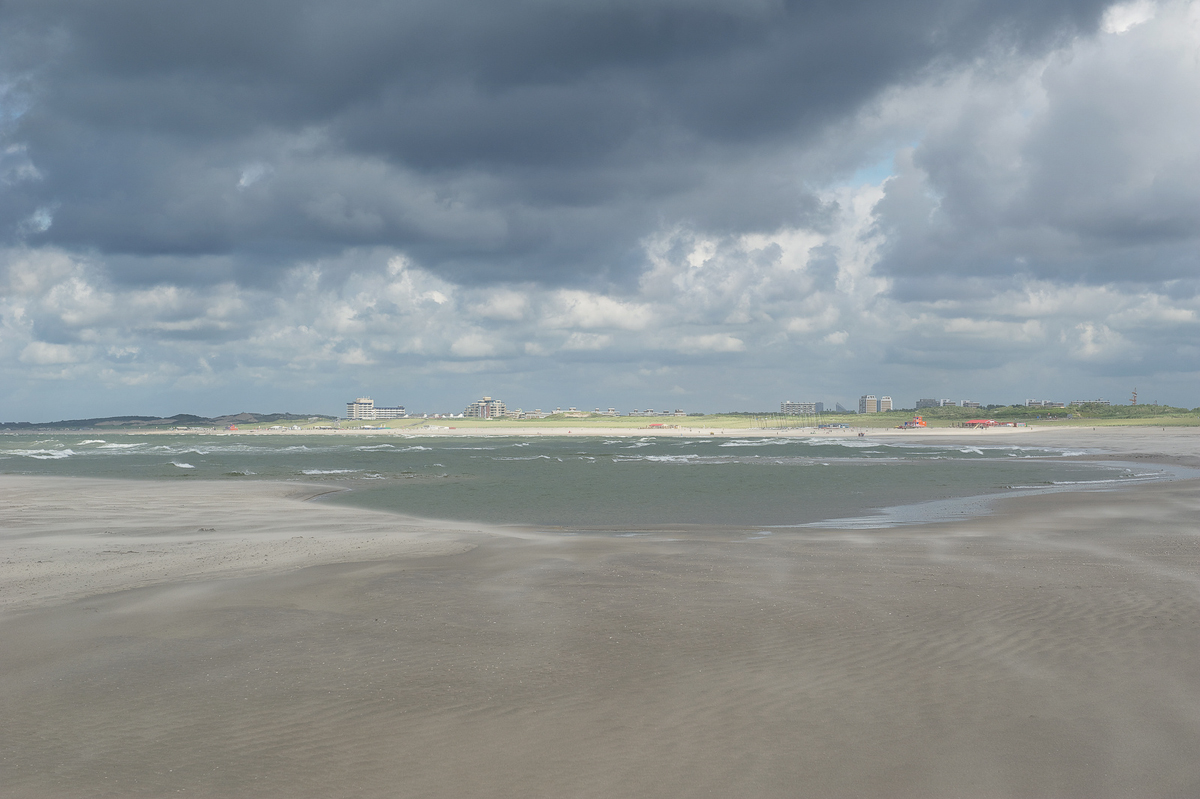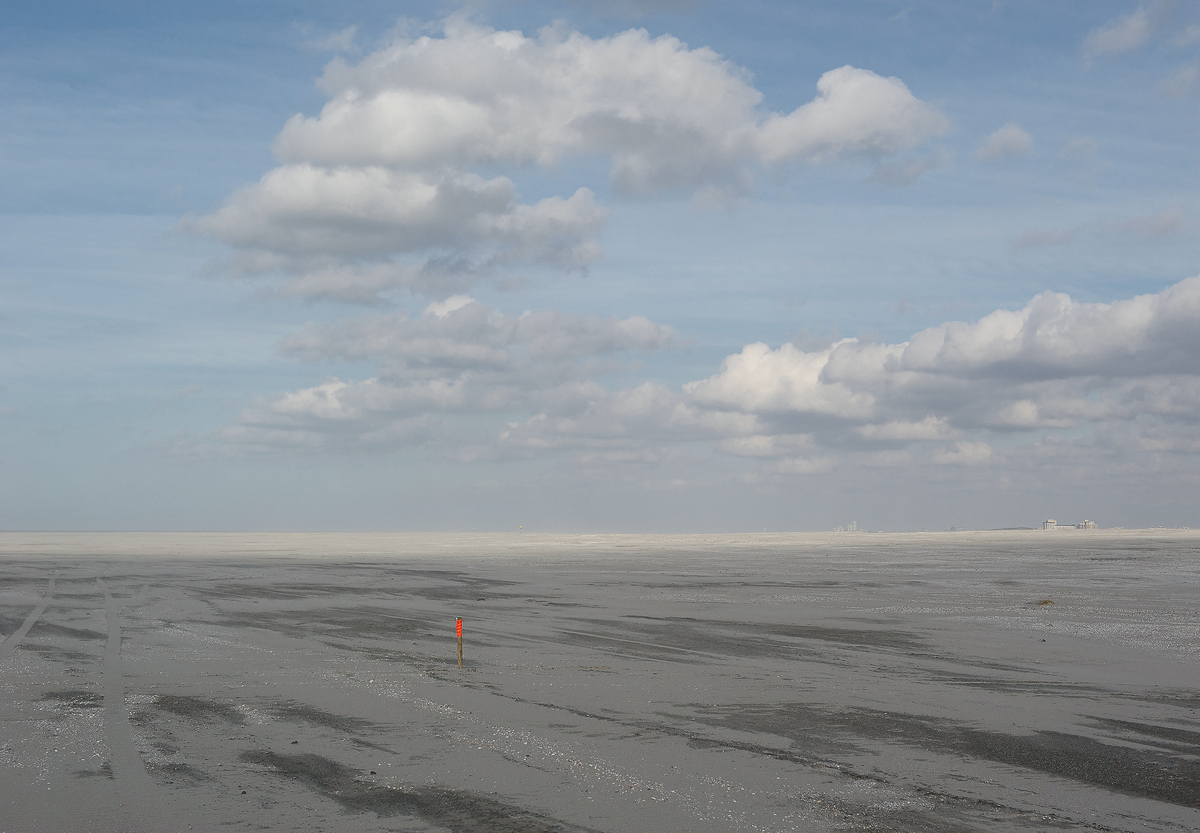Images by: Bart Van damme
Written by: Ryan Nemeth
The Dutch Sea Beggars were a sordid lot of sailors comprised of adventurers, pirates, and patriots who were fighting against Spanish rule in the Dutch provinces during the mid to late 1500s. These pirates and privateers acting on behalf of their lowland nation found a good bit of success stealing the Spanish Empire’s wealth at sea. History tells us that the Sea Beggar’s efforts were the precursor to Dutch independence from Spain as well as several centuries of Dutch global maritime dominance. The other development that contributed greatly to Dutch prosperity during this period was success in transforming their agriculture through hydraulic engineering. Did you know that approximately one-quarter of the Netherlands lies below sea level? Therefore, it is both striking and a sign of human ingenuity that the Dutch continue to create competitive advantages for their country via their unique land management efforts and a deep and sordid history with the sea. The Sand Motor project, is yet another pioneering land transformation endeavor that is enabling the Dutch to safeguard their land from depths of the ocean.
Hold your horses people, we will get into the details of the Sand Motor. Let’s first explore the history and evolution of Dutch land reclamation efforts through windmills, dykes, and polders. As Doug E. Fresh would say, Tic Toc and you don’t stop and it goes a little something like this, hit it... In the first century A.D. people began building artificial hills, called terps, and locating their villages and towns on top of them so that when floods came their homes would be safe. After a while it occurred to these people that if they connected the terps together with long walls, called dikes, they could keep water out of their farmland. Thus, the Dutch built dikes around water saturated areas of their land. The next stage of evolution in land transformation involved pumping water out of the lowlands. In order to do so, pumps were connected to wind powered mills, enter the windmill in the Dutch landscape. Successful efforts to expand this network of dikes and the use of windmills furthered land reclamation capabilities and capacities. Many centuries later, the end result and application of this ingenuity enabled the Dutch to transform bays, flood zones, marshes, and lakes into arable and inhabitable land. These recovered areas of land surrounded by dikes were given the name polder. Thus, dikes, windmills, and the creation of polders are features of the Dutch landscape that are inextricably linked to one another. If you were wondering how on earth you reclaim land from the sea, this folks is exactly how you do it!
Hopefully it is evident by way of the abbreviated history presented that the Dutch are engaged in what seems like an endless battle to preserve their land from the depths of the ocean. Although windmills are now picturesque and cliché symbols of Dutch culture, they are also objects tethered to a long history of environmental struggle. This struggle, the coinciding efforts, and a relentless obligation to contain nature have persisted from father to son for centuries. Thus, environmental awareness is a huge part of Dutch cultural identity. Many would argue that this level of awareness was birthed out of a deep and sordid history with flood control and intense land transformation efforts. The popular proverb, “God created the Earth, but the Dutch made Holland,” says it all. However, this is more than proverbial truth, as it speaks to a very tangible cultural reality in the Netherlands, the Dutch are co-creators in their functional landscape.
Like any good story, the saga continues, enter the “Sand Motor” in the Dutch landscape. Although the branded “Sand Motor” project begs for a literal interpretation, it is hardly that. I have to admit that this name immediately conjured up scenes from Mad Max. I was hoping to discover the biggest and baddest machine on earth in action. Clearly, we all need a 2000 horsepower machine that can sling many tons of sand hundreds of meters in 10 seconds flat. All I have to say is that it was a good pipe dream while it lasted! However, the Dutch are way smarter than this. They happen to have a long history of working with the forces of natural energy (kinetic) to aid their landscaping and earth moving efforts. Windmills and the coinciding hydraulic energy they produce are a prime example of this applied intellect. In the case of the Sand Motor project, the Dutch are using the ocean’s currents as a means for building up their beach. So you ask why? This project is a direct response to projected sea level rise and a derivative of this coastline intervention method that has helped the Netherlands combat coastal erosion since the 1970s. It you are wondering what we might do to combat rising seas in the near future? Read on, the solution might be in front of our face, thanks to the Dutch!
The global science community largely agrees that climate change and rising sea levels will pose a significant threat to deltaic, estuarine, and other low-lying coastal regions in the 21st century. The damage done by hurricane Katrina in 2005 was a global wake-up call to many countries concerned about the potential consequences of coastal flooding. In fact, this incident galvanized the need for a 2nd Delta Committee in the Netherlands. The Netherland’s is largely comprised of river delta and is therefore faced with potentially massive socio-economic consequences in the event of flooding related to sea level rise. More than half of the Dutch population (9 million people) currently reside in coastal regions, with nearly 65 percent of the Dutch Gross National Product being produced in these coastal regions. Thus, there is a considerable amount at stake for their country and our global community in coming decades.
The “Sand Motor" aka the “Sand Engine”, is a sand nourishment project comprised of 21 million cubic meters of sand. This is roughly 67,000,000,000 trillion pounds of sand, literally, a shit ton of sand! But what is it you ask? The “Sand Motor” is a man-made hook shaped sand bar that stretches out from the natural beach to form a peninsula in the ocean. Between March 2011 and November 2011, Rijkswaterstaat and the provincial authority of Zuid-Holland broke ground on the 70 million euro sand-spreading project. Globally, the project is notable because its magnitude and scale are unprecedented. As mentioned, the Dutch have been building sand bars on a smaller scale to combat sea level rise since the 1970s. So what is the difference compared to prior sand replenishment efforts and why such change?
Historically, the Dutch applied sand directly to their dunes and receding beaches. Learning from this process, beginning in the 90s, the Dutch began utilizing shore facing or shorefront sand nourishment methods. This method utilized natural marine processes to redistribute sand placed under water in a cross-shore direction. This gradually created a wider beach and increased coastal defenses over time. The difference is that the Sand Motor is considered a mega-nourishment of sand and it exploits both the energy from water currents as well as wind to redistribute sand in both cross and along shore directions. Thus, the hope is that there will be more sand spreading coverage that utilizes energy from both natural sources (wind and waves).
It is interesting to consider some history here. In the 1990s, Dutch sand replenishment activities were usually on the scale of 1-2 million cubic meters. This was the total sand applied annually and these efforts were usually effective enough to provide 3-5 years of coastline protection. The sad truth is that the size and magnitude of these replenishment efforts have grown simply from current climate modeling data. In 2009, the aforementioned 2nd Delta Committee indicated that to negate the enhanced potential for coastal recession, due accelerated sea level rise in the 21 century, the yearly sand nourishment volume for the Dutch coast should be increased from a total volume of 12 million cubic meters to 80 million cubic meters a year. This proposal is ultimately what led to the methodology change and the concept of the “Sand Motor”.
The justification and main advantages of the Sand Engine concept are: (a) sand replenishment is only required approximately every 20 years as opposed to the 2-5 year cycle of prior methods; (b) the sand replenishment will slowly diffuse and advance the shoreline over a 10 km stretch of the coastline and in a more natural fashion; (c) the large initial local ecological disturbance will result in a short to medium term increase of locally available space for recreation and the environment, and (d) the ecological stress, while considerable at the initial nourishment location, does not disturb adjacent areas, thereby limiting the disruption to a small 2.5 km area. Currently, the project and local area are being researched extensively and evaluated via multidisciplinary research methods. While the jury is still out on this unique intervention, if proven successful, it may well become a global generic solution for combating sea level rise driven coastal recession on open coastlines.
P.S. If you live in Hawaii, Tahiti or any the Pacific Islands, I am sending this message to you, maybe there is hope after all!
References:
- Stive, M., De Schipper, M., Luijendijk, A., Ranasinghe, R., Van Thiel de Vries, J., Aarninkhof, S., Van Gelder-Maas, C., De Vries, S., Henriquez, M., Marx, S. (2013). The sand engine, a solution for vulnerable deltas in the 21st century. Coastal Dynamics 2013. Retrieved from: http://www.coastaldynamics2013.fr/pdf_files/148_Stive_marcel.pdf.
- Bruyneeel, M. (No date) The Dutch Sea Beggars. http://zeerovery.nl/history/beggars.htm
- Krystek, L. (2011). The Zuiderzee and Delta Works of the Netherlands. Retrieved from: http://www.unmuseum.org/7wonders/zunderzee.htm.
- Maddison, A. (2015). The Netherlands from 1600 to the 1820s. Retrieved from: http://www.theworldeconomy.org/impact/The_Netherlands_from_1600_to_the_1820s.html
- McKinney, V. (2007). Sea level rise and the future of the Netherlands. Retrieved from: http://www1.american.edu/ted/ice/dutch-sea.ht

